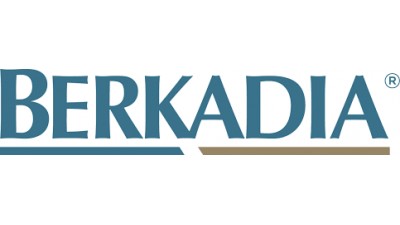5 Reasons To Reconsider HUD Multifamily Financing

If you’re a seasoned real estate vet, or even on your way to becoming one, you may have shunned this lending avenue in the past because of the lengthy process and uncertainty of execution.
Time is money in real estate, we understand. In the credit crunch beginning in 2008, HUD was one of the only lenders active, and many people decided to give it a chance, only to be burned by long wait times and negative outcomes. Both the economy and HUD have come a long way. Here are a few reasons to give HUD another look for your next refinance.
1. Not Your (Grand)Father’s HUD
HUD heard you. HUD’s Multifamily Transformation has overhauled the HUD process, consolidating offices and transitioning to a single underwriting point of contact for each deal. This led to a significant reduction in processing time for each stage of the application process.
HUD now reviews most transactions in two months or less, with some clocking in at less than 45 days.
2. Focus On Affordable
The majority of HUD’s loans are to market-rate apartments. But it remains true to its mission of facilitating quality affordable housing by incentivizing affordable projects with the best sizing parameters and pricing in the industry.
Affordable properties qualify for certain fee reductions, and up to 87.5% or 90% loan to cost or value.
3. Most Bang For Your Buck
Market-rate loans under $75M enjoy the most generous sizing parameters under HUD’s program: up to 85% loan to cost or value for most market-rate transactions. They also still qualify for 35- to 40-year self-amortizing plans. Given higher loan amounts, longer amortization periods and substantially lower interest rates, investor return on equity can skyrocket utilizing HUD financing.
A little bit of extra time amortized over 35 or 40 years? A bargain.
4. More Cash For Repairs
Under new HUD rules, eligible repairs can be up to $40,500/unit for some properties. To understand what your building will be eligible for, use this equation: $15k/unit x the applicable location-based High Cost Factor for your market.
This is up from $6,500 x HCF.
5. Three Ways To Refinance And Lower Interest Rates
Existing HUD loans have several avenues available to take advantage of interest rate drops, and all can include prepayment penalty costs. 1) Complete a quick and easy loan modification with your existing lender. Loan mods keep the existing amortization and simply lower the interest rate. 2) Complete a 223a7 refinance transaction with any lender, a slightly longer process that will also allow you to extend the term of the loan and complete repairs. 3) Complete a new 223f refinance transaction, allowing recapture of equity. As with many things HUD, “the devil is in the details.”
Make sure your HUD lender is experienced with and knowledgeable about the process. Who knows: If and when another credit crunch rolls around, it might pay dividends to have HUD experience.
To learn more about this Bisnow content partner click here.

